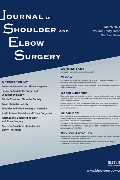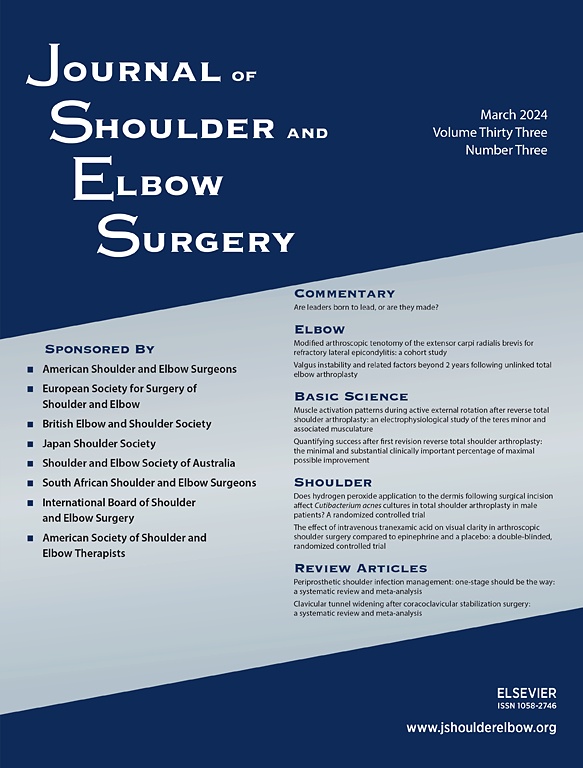
Total elbow arthroplasty provides superior outcomes for humeral fractures in the elderly .
This report has been verified
by one or more authors of the
original publication.
A multicenter, prospective, randomized, controlled trial of open reduction-internal fixation versus total elbow arthroplasty for displaced intra-articular distal humeral fractures in elderly patients
J Shoulder Elbow Surg. 2009 Jan-Feb;18(1):3-12. Epub 2008 Sep 2642 elderly patients with displaced intra-articular, distal humeral fractures were managed using open reduction and internal fixation (ORIF) or with total elbow arthroplasty (TEA). Assessment 2 years post-operatively supported the use of TEA in this elderly population. MEPS scores were significantly better in the TEA group, while DASH sores were superior during early follow-ups. These findings were accompanied by a trend towards a reduction in complications in the TEA group.
Unlock the Full ACE Report
You have access to 4 more FREE articles this month.
Click below to unlock and view this ACE Reports
Unlock Now
Critical appraisals of the latest, high-impact randomized controlled trials and systematic reviews in orthopaedics
Access to OrthoEvidence podcast content, including collaborations with the Journal of Bone and Joint Surgery, interviews with internationally recognized surgeons, and roundtable discussions on orthopaedic news and topics
Subscription to The Pulse, a twice-weekly evidence-based newsletter designed to help you make better clinical decisions
Exclusive access to original content articles, including in-house systematic reviews, and articles on health research methods and hot orthopaedic topics

































































